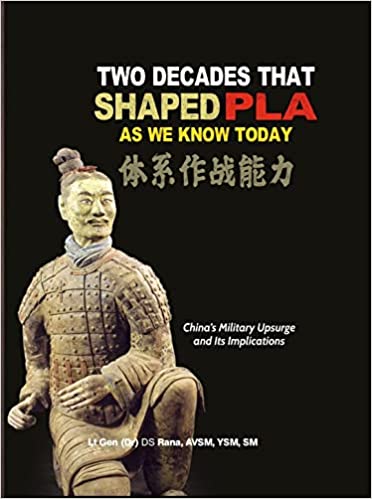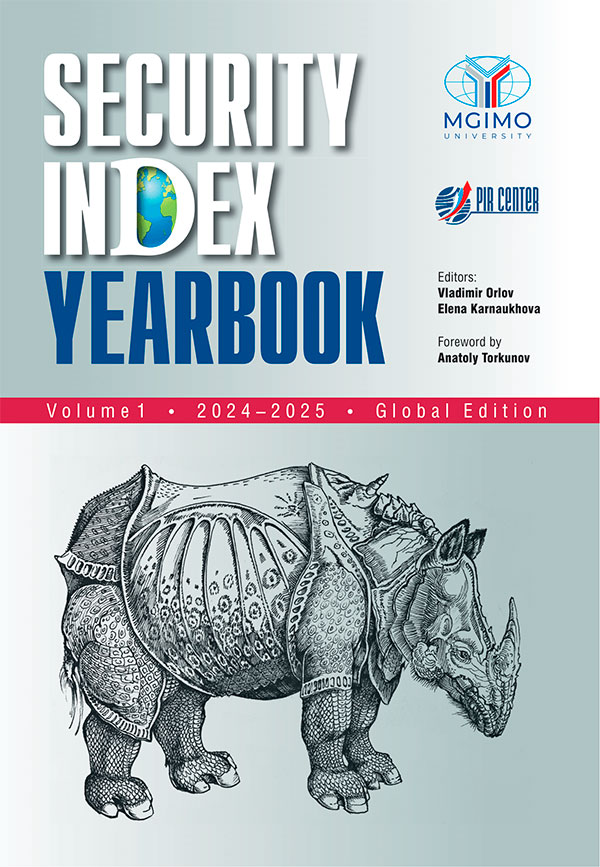... Contrary to the suggestions of proponents of gradual nuclear escalation, the revised document
emphasizes
: “The state policy on nuclear deterrence … guarantees the protection of sovereignty and territorial integrity of the state, deterrence of a potential ... ... resuming the U.S.–Russia Strategic Stability Dialogue will be a daunting challenge. In any case, the U.S. will likely make China’s involvement in arms limitation efforts a mandatory condition. Furthermore, one cannot rule out the possibility of Washington ...
... Seoul, which established the Nuclear Consultative Group and approved (on the margins of the NATO summit) the Guidelines for Nuclear Deterrence and Nuclear Operations on the Korean Peninsula.
New coalition and alliance constructs resembling NATO are taking ... ... notional Indo-Pacific region. At the same time, in the rhetoric and documents of the United States and some of its allies, Russia, China, Iran and the DPRK are increasingly often appearing in a bundle as a kind of “quartet of evil.” They (together with ...
... Pentagon’s desire to create a broad regional missile defense infrastructure in Asia Pacific to meet the country’s unique nuclear deterrence needs [
5
]. Notably, no country of East Asia, in whole or in part, has ever expressed its intentions to unprovokedly ... ... defense system in the Asia Pacific calls global strategic stability into question, because it could be used against Russia and China. In 2018, the head of Russian diplomacy insistently
urged
Japan to enter into a dialogue about the U.S. plans to create ...



